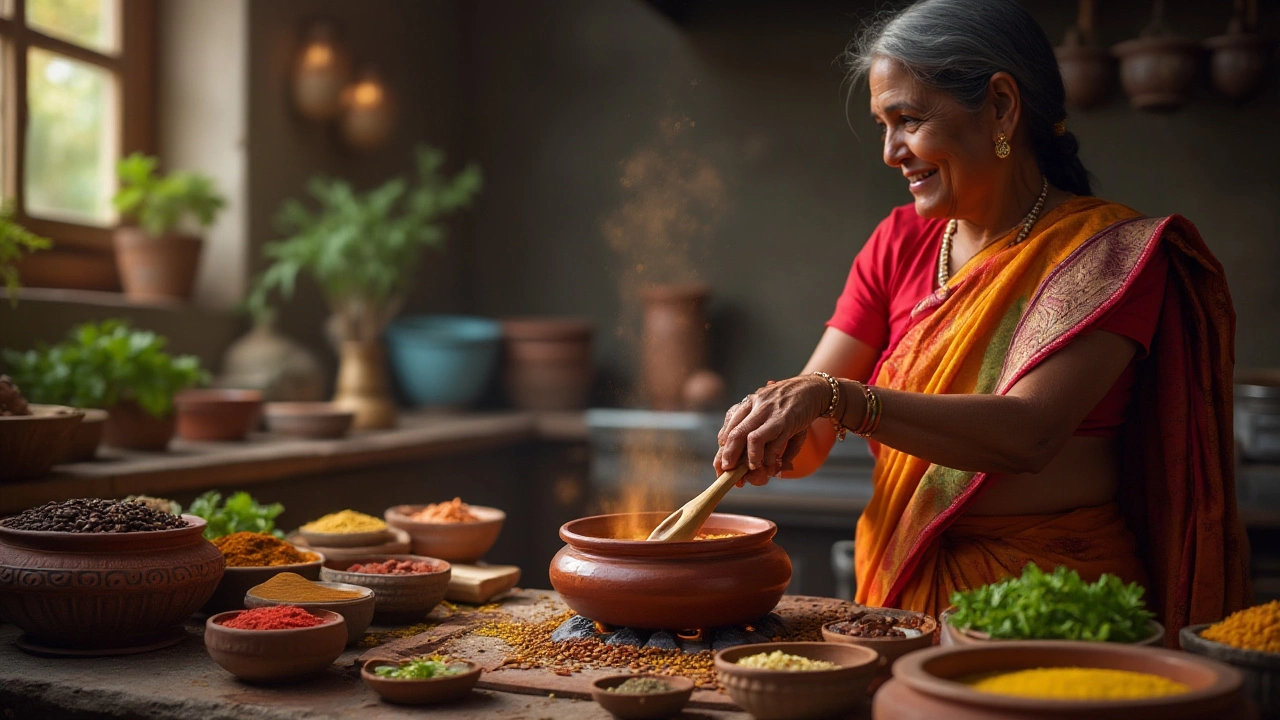Lentil Dishes Made Simple: Indian Flavors You Can Master Today
Ever wonder why lentils are a staple in every Indian kitchen? They’re cheap, protein‑packed, and soak up spices like a dream. Whether you’re a total beginner or a seasoned cook, the recipes below will give you confidence to whip up tasty dal, tangy sambar, and even a sweet lentil pudding.
Basic Tips for Perfect Lentils Every Time
First things first: rinse your lentils under cold water. A quick wash removes dust and any loose skins that can turn mushy. Then, soak split red or yellow lentils for 15 minutes – they cook fast and won’t need extra water. For whole brown or green lentils, a 30‑minute soak helps them soften evenly.
Use the right water‑to‑lentil ratio. A good rule is 3 cups of water for every cup of split lentils and 4 cups for whole varieties. Add a pinch of turmeric at the start – it boosts flavor and gives a nice golden hue.
Don’t forget the tempering (known as "tadka"). Heat a tablespoon of oil or ghee, toss in mustard seeds, cumin, dried red chilies, and a few curry leaves. Let them sizzle, then pour the hot mixture over cooked lentils. This step adds layers of aroma that make a simple dal feel restaurant‑ready.
Three Everyday Lentil Recipes to Try
1. Simple Tomato Dal – Rinse 1 cup red lentils, cook with 3 cups water, turmeric, and a pinch of salt. In another pan, fry chopped onions, garlic, and ginger, then stir in a can of diced tomatoes and a teaspoon of garam masala. Mix the tomato mix into the cooked lentils, simmer 5 minutes, and finish with a tadka of mustard seeds and curry leaves.
2. South Indian Sambar – Use ½ cup each of toor dal and moong dal. Cook with 4 cups water, add tamarind pulp, and a handful of diced carrots, pumpkin, and beans. Toss in sambar powder and a little jaggery for balance. Finish with a hot tempering of mustard seeds, dried red chilies, and a pinch of asafoetida.
3. Sweet Lentil Pudding (Payasam) – Cook ¼ cup red lentils until they break down. Add 2 cups coconut milk, ½ cup jaggery, and a pinch of cardamom. Simmer until thick, then garnish with roasted cashews and raisins. It’s a perfect dessert that feels indulgent but stays nutritious.
All three dishes use the same basic cooking method, so once you master one, the others are easy to tweak. Play with the spice level – add fresh chilies if you like heat, or tone it down with a splash of cream.
Need more ideas? Check out our post “What Do Americans Call Dal?” for a quick guide on how the word “dal” appears on menus in the US. It’s a handy reference if you’re ordering out or explaining your dish to friends.
Remember, the secret to great lentil dishes isn’t fancy equipment; it’s patience, good spices, and a little love for the process. Grab a pot, follow these steps, and you’ll have comforting, protein‑rich meals on the table in no time.
Understanding Dal: The English Name and Simple Recipes
This article delves into the English terminology for 'dal,' exploring its significance in cooking. It explains how dal, primarily known as lentils in English, plays a crucial role in Indian cuisine. The article provides insights into simple dal recipes, showcasing the variety and nutritional benefits they offer. With interesting facts and practical cooking tips, readers will gain a better understanding of incorporating dal into their meals.
